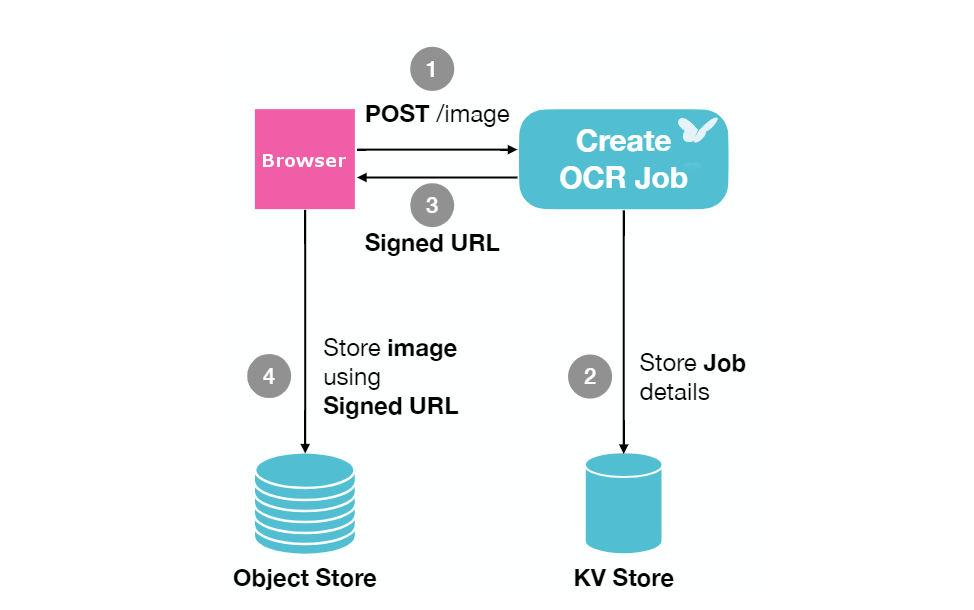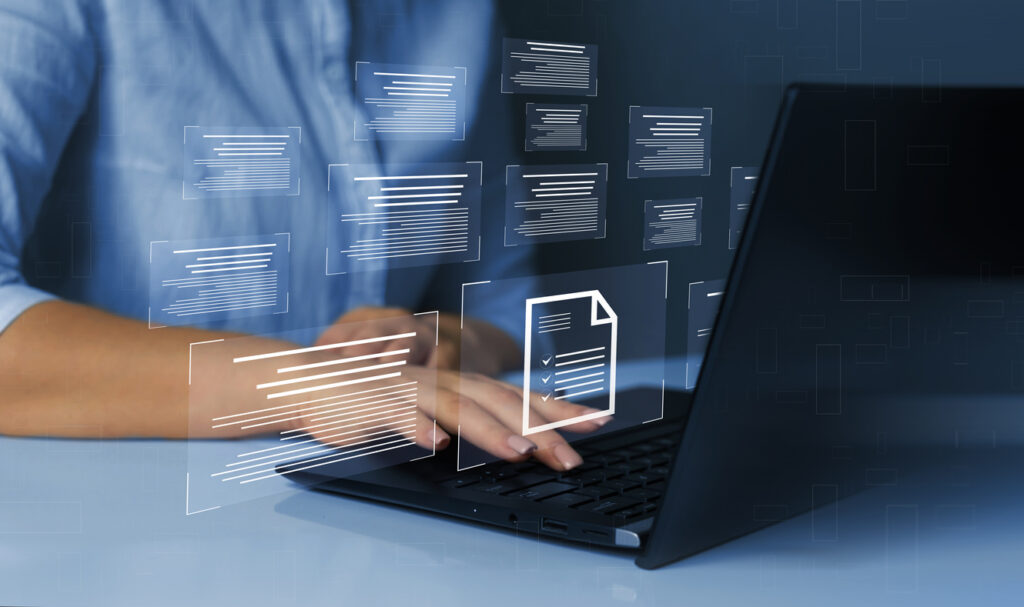
IDs carry the personal information of users or customers. Simply put, IDs denote personal information, which often attracts hackers and corporate people to have it for a variety of purposes. Banks require it for opening a new account. For competitors, these are the best ways to reach out to target audiences. Its various uses make it precious and experts leverage Optical Character Recognition (OCR) tools to maximise their understanding and discover opportunities through.
Though, it’s not easy to convert the entire ID using a standard tool because it may have alphanumeric characters. You always need to have scripting knowledge for coding. With it, recognising and extracting requisite details become easier.
Let’s get through the technical terms and methods involved in OCR, and how you draw benefits from them.
Table of Contents
Reading the image file
With OCR technology, you can easily turn an image into editable content. Let’s say, you require a soft copy of your passport to enroll in a government scheme. Here, this data conversion technology can exactly do what you require, such as distinguishing text characters from images and then, converting them into digitised format. This way you don’t have to spend hours on manual data entry, which is time-consuming and exhausting. Besides, errors would be a lot of it.
Thankfully, some OCR tools are not only good at extraction, but also at cleansing the scraped datasets. If you want to scrape again and again, it is indeed going to be the best method. A few of them have such capabilities that allow you to manually set document templates (, which is also called OCR templating). It uses a set of the most common documents to create a template. As you set it, the computer recognises the location of the elements on the page. To repetitively recognise, the template automatically processes and extracts records at scale.
This method works really well if you need to get a text from an image file. If you consider its definition, it mainly goes with characters. Here, another thing to note is that modern IDs may have as many as four varieties of data sources. These can be visual inspection areas, MRZs (machine readable zones), RFID (radio frequency identification) chips, and barcodes.
Unfortunately, this technology does not tap and capture encrypted data (such as QR codes). Nor does it validate and verify it. So here, you need to rely on data parsing.
Let’s get to know what data parsing is.
How does data parsing from identity documents work?
Data parsing is the conversion process, which translates data from one format to another. This technology typically ensures the conversion of unreadable content into an understandable form. Generally, this process has five more steps, which are the following:
- Scanning a document
This is a process of automatically identifying readable and unreadable characters. It happens via bots, which compare the document against the preset libraries of document templates.
- Reading and validating
These steps ensure that the datasets are properly read and examined in the fields (as per the code or template).
- Structuring
This step is dedicated to the output, like how it should look like.
- Document verification
Finally, the document is verified if it’s completely digitised and has a complete set of as-is information.
The aforesaid three steps resonate with the principles of OCR templating. However, these can differ. It depends on the document templating, the number of templates, and how well they are created.
It’s true that OCR solutions limit the number of templates to a few ones that are common. This is how it saves hundreds of hours and operational costs. But, this is not about saving time, but also resources and effort.
How to Create OCR Templates?
Creating a reliable template requires proper information about all prospective and existing differences for each of the fields in your documents. For this purpose, one or two samples are not enough. You need to list down all common variations, such as dates in all formats. If you ignore this aspect and create the template, it won’t do any good.
How True is It that Data Parsing Really Verifies Documents?
To a big extent, it’s true that parsing indeed helps in verification. However, it depends on how deeply you analyse the document. So, you should create such templates that can handle a variety of formats for extraction and conversion. They should be able to discover different formats & their characters and recognise them for scanning and scraping in a moment.
Let’s say, a tool runs the lexical analysis, for instance, and then validates if every field in the doc resonates with the original resources. Furthermore, it identifies if the details are valid. Sometimes, it also covers mask violations, which checks if the field has the requisite information. Likewise, there are different processes, which are meant for automatically scanning, converting, and cleansing datasets.
In addition, these documents can have different types of data sources, such as visual inspection area, MRZ, RFID (radio frequency identification) chip, and barcodes. They may be duplicate entries. However, OCR technology is inefficient in reading all sources and automatically, comparing similar fields. In case of mismatches, it may not mark the field as invalid. Therefore, if there is any duplicity in the document, it may or may not detect it. That’s why, cleansing is important.
Data Restructuring for Actionable Strategies
Raw data cannot be helpful in drawing feasible strategies. It is simply because the analysis process also requires data segmentation, profiling, and restructuring to understand and assess the value inside it. This is how decisions are drawn out. Certainly, OCR is a revolutionary technology that ensures automatic data collection. But, it’s not like a walkover to effectively deal with IDs. They need highly structured processes and outputs, which is an output of applying data parsing upon processing.
This revolutionary technology understands and assesses datasets by splitting them into groups, fields, and types. It happens through OCR scanning and conversion, which ensures pulling out the requested information. It can be full names, date of birth, etc. In short, you can have relevant datasets in a wink, converting them into a soft version. This is how you can have values that are intended, and that you need for comparison upon verification.
In the nutshell, data parsing is outstanding at quickly delivering useful datasets. Therefore, you can have information to quickly analyse because it is authentic and verified through different methods. Moreover, this information can be scanned and converted into soft copies to feed internal systems. If you keep these records in your store, which is completely protected, parsing methods or tools can convert them into useful information. This is how you can effectively use and process datasets. Because of it, various companies are defining their success strategies, and they are succeeding in achieving their goals. This is simply because of having authentic information, which can be further processed and used.
Summary
Optical Character Recognition (OCR) technology can be helpful in converting datasets, especially IDs. If combined with data parsing technology, converting them into an understandable format is no big deal. This is how you can have information, including encrypted datasets, to analyse and draw decisions for better understanding & results.







